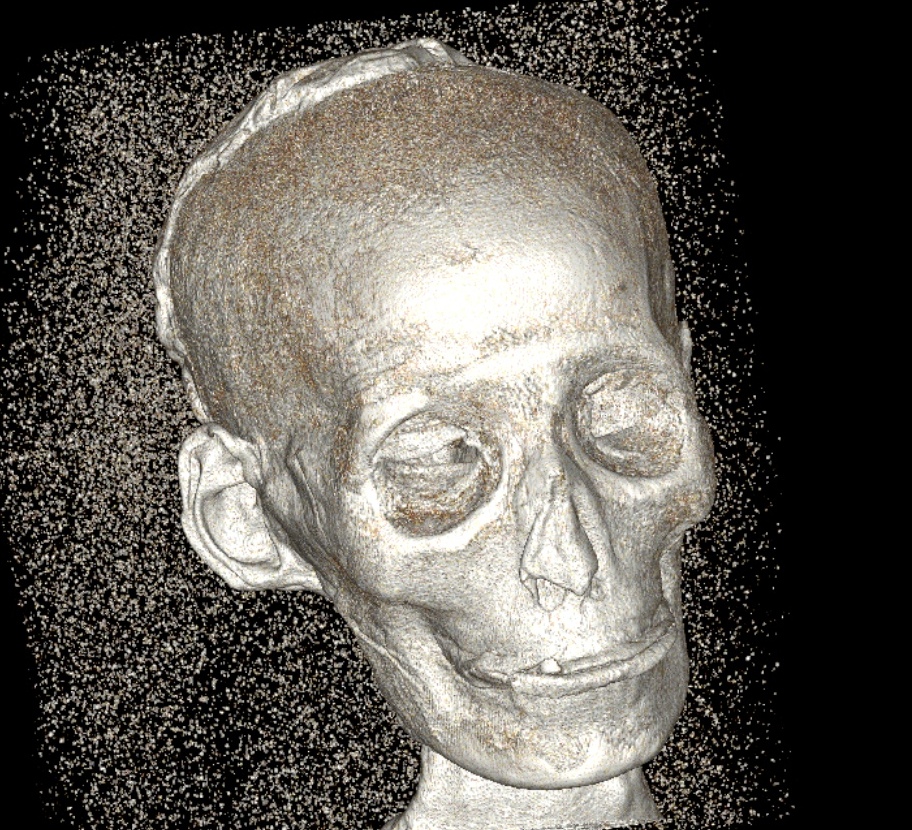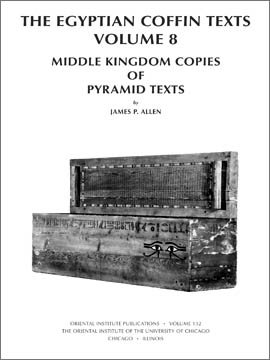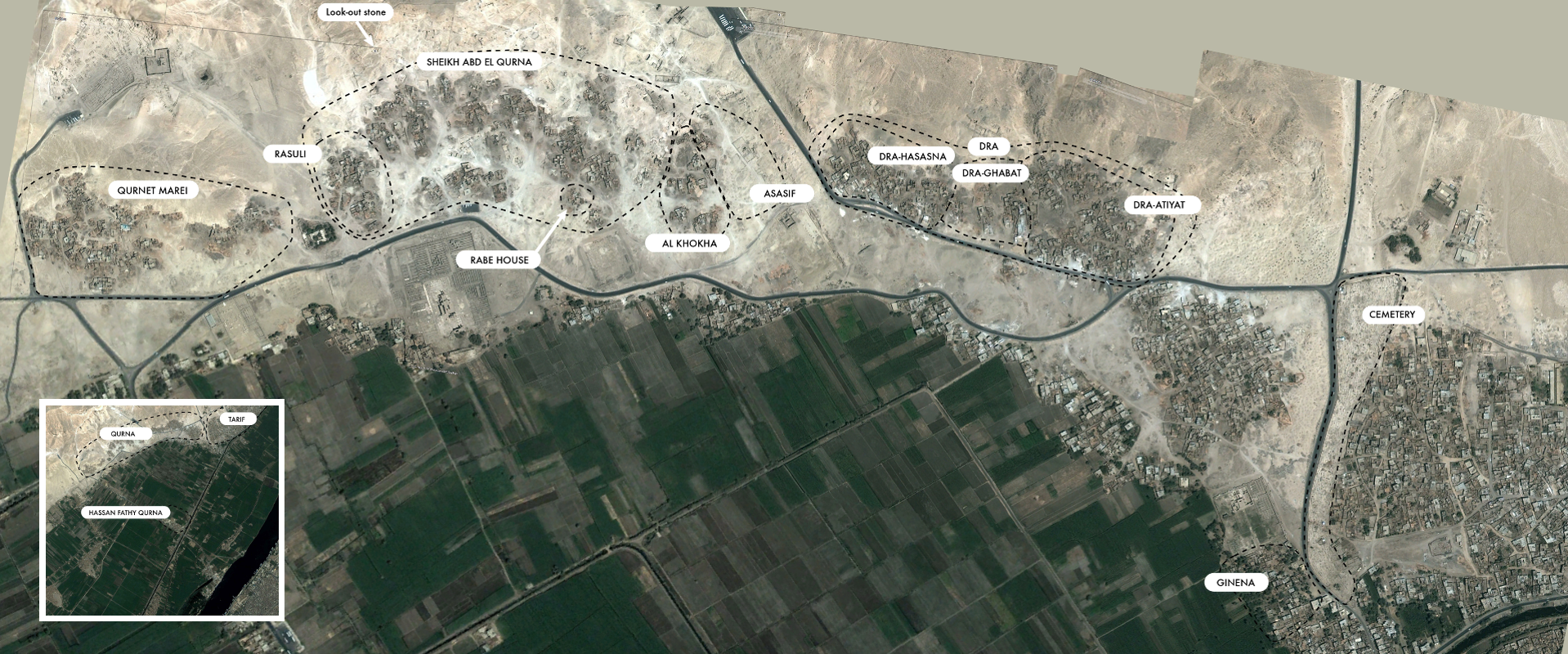[First posted in AWOL 9 March 2014, updated 10 November 2017]
The Journal of Inductive Biblical Studies
ISSN: 2372-0727
The Journal of Inductive Biblical Studies
ISSN: 2372-0727
The Journal of Inductive Biblical Studies intends to promote the hermeneutical approach to the study of the Scriptures generally known as Inductive Biblical Studies. By Inductive Biblical Study (IBS) we mean the hermeneutical movement initiated by William Rainey Harper and Wilbert Webster White that was embodied in the curriculum of The Biblical Seminary in New York founded in 1900. This approach had precursors in the history of interpretation and has since the beginning of the twentieth-century enjoyed widespread dissemination, being taught at such institutions as Princeton Theological Seminary, Columbia Theological Seminary, Union Theological Seminary in Virginia, Fuller Theological Seminary, Associated Mennonite Biblical Seminaries, Azusa Pacific University, and Asbury Theological Seminary, as well as hundreds of other institutions and organizations around the world. For more detailed description of IBS, see Bauer and Traina, Inductive Bible Study: A Comprehensive Guide to the Practice of Hermeneutics (Grand Rapids: Baker, 2011) and the IBS website at http://www.inductivebiblicalstudy.com/.
Current Issue: Volume 4, Issue 1 (2017) Winter
Articles
See AWOL's full List of Open Access Journals in Ancient Studies
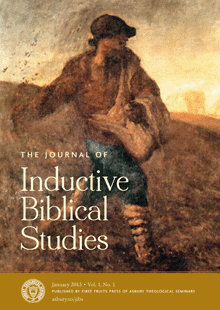

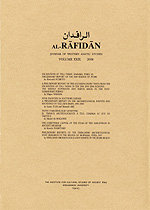
 (185MB) (332 pages)
(185MB) (332 pages)
